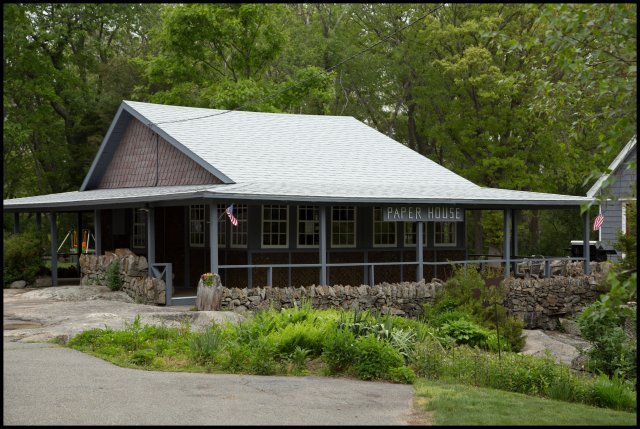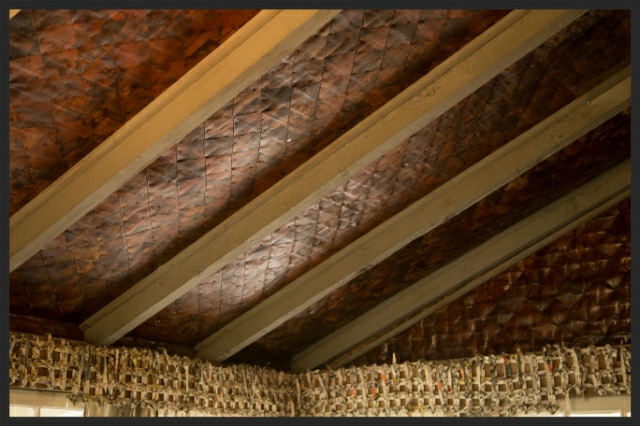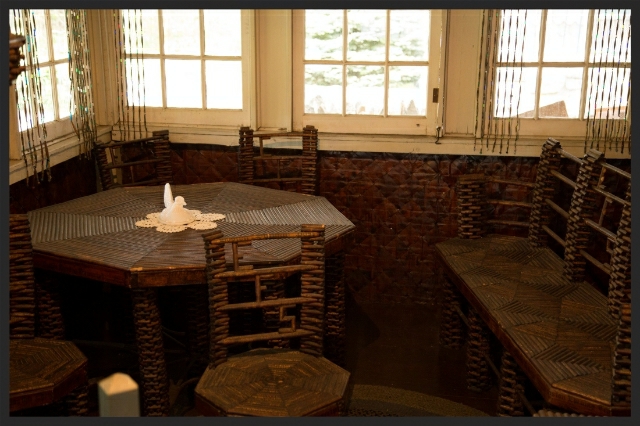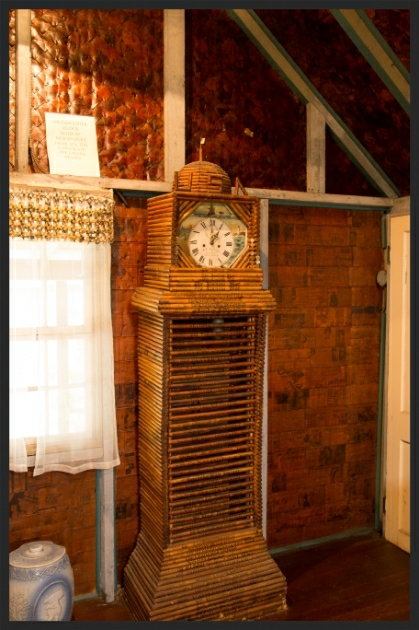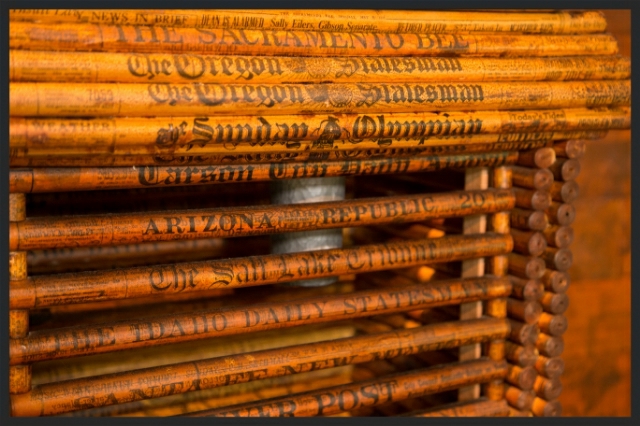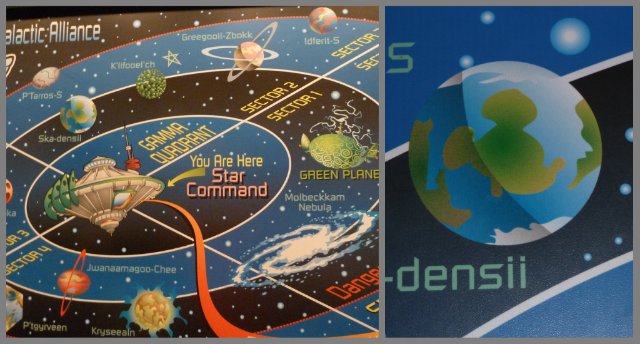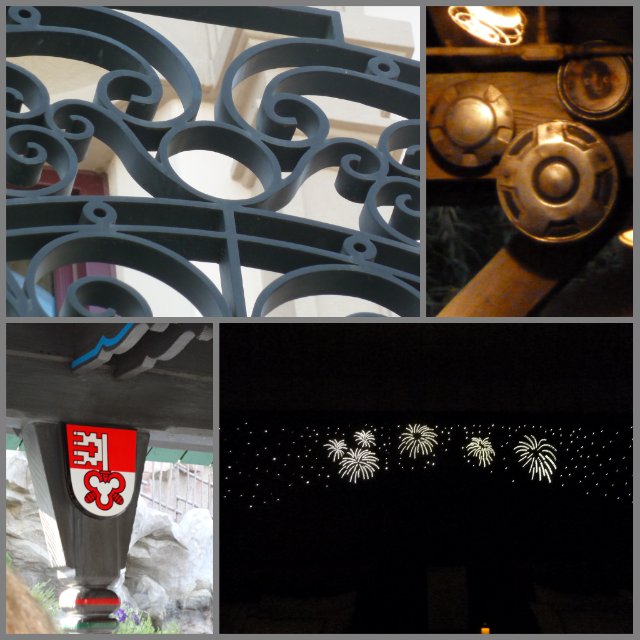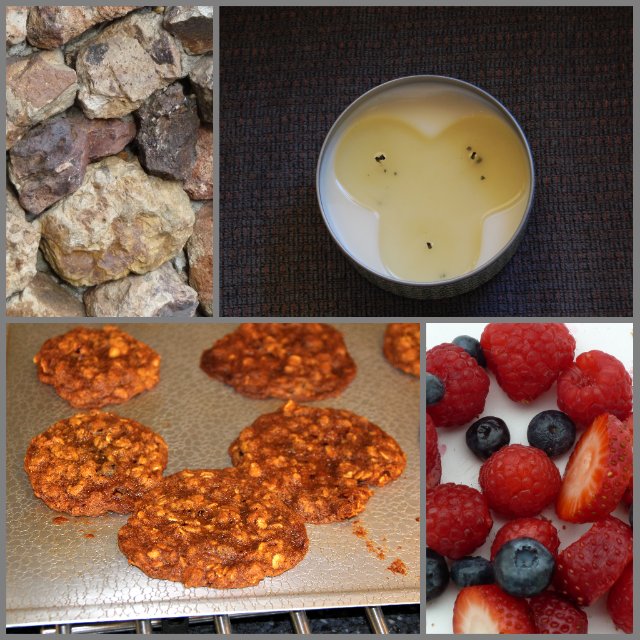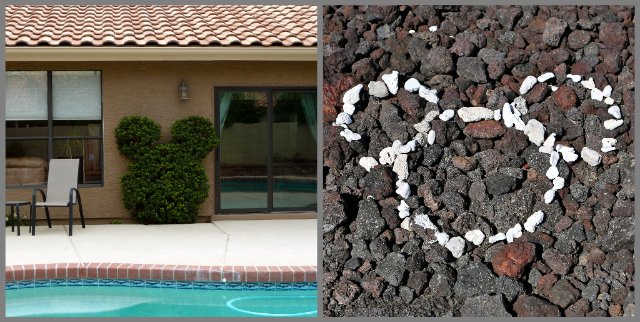We recently visited the Paper House in Pigeon Cove, Massachusetts.
Elis Stenman, a Swedish immigrant, and his wife, Esther, lived in Cambridge, Massachusetts. Elis was a mechanical engineer who designed machines to make things out of wire - like paper clips. Esther was a housewife and mother. They purchased land in Pigeon Cove with hopes of one day having a summer cottage.
Elis was a curious man and wondered if he could make newspapers sturdy enough to be used as insulation and still retain the print. After some trial and error, he developed a process for doing just that. The summer cottage has a wood frame and roof - but the rest is newspapers!
This is an exterior wall on the front porch. Exterior walls were made of 215 thicknesses of newspaper and are about a half inch think. The interior of the roof is lined with this same material.
The thicknesses of newspaper are pasted and folded before covering with three coats of a marine-grade varnish to waterproof it. The exterior is still "treated" (revarnished) yearly but the interior walls have the original coating. The original intention was to use the newspaper as insulation and cover the interior walls with clapboards. However, as the project progressed, Elis decided to leave the newsprint walls making his cottage unique.
The interior of the ceiling and the interior walls are very well preserved. Notice the newspaper valance - it looks like macrame. Elis was a visionary in many ways. ;-)
Elis didn't stop with just making his house out of newspapers; he also made the furniture out of rolled newspapers. Always the engineer, Elis invented a specialized tool just for rolling newspaper tightly. The newspapers were rolled dry (without glue) until the very end of the roll where just enough glue was applied to hold the roll tight. The rolls were then tied with string until the glue dried. It was an easy process, just time-consuming.
Obviously, this project required a lot newspapers. Elis read three newspapers daily and his neighbors happily recycled theirs when they heard about his project.
The dining room table and chairs (as is all the furniture) are made of rolled newspapers. It was important to Elis to have not just function but also beauty in the furniture he made. Notice the monogram in the back of the chair - EES (Elis & Esther Stenman).
This desk is made entirely of Christian Science Monitor newspapers and, as the sign says, "gives accounts of Col. Charles Lindbergh's flight."
My favorite piece of furniture in the house is this grandfather's clock. It is made entirely of newspapers collected by a neighbor who wrote to each capital city and requested a newspaper for the project. All of the then 48 states are represented.
The attention to detail is amazing! The name of each paper is perfectly centered, the rolls are cut to the exact same measurement and are the same diameter.
Originally the house had a wood-burning stove in the kitchen - obviously NOT made of paper - which has since been replaced with a fireplace (made of brick) with a paper mantel. There is no bathroom as outhouses were more common at that time.
Construction on the house began in 1922 and took 20 years to complete (including furniture). The Stenmans lived in it during the summers of 1924-1929. Today the house still belongs to the Stenman family and is maintained as a self-guided "museum" with a minimal donation requested.
As we wandered through the house, my respect and admiration for Elis Stenman grew. This Swedish immigrant embodies, for me, the American spirit with his desire for "the American dream" (in his case, a summer cottage for his family to enjoy), his ingenuity and perseverance in obtaining that dream on his own, and his pride and craftsmanship in making a quality product. What was not uncommon in the early 1900's has become in the new millennium, almost entirely a thing of the past.

